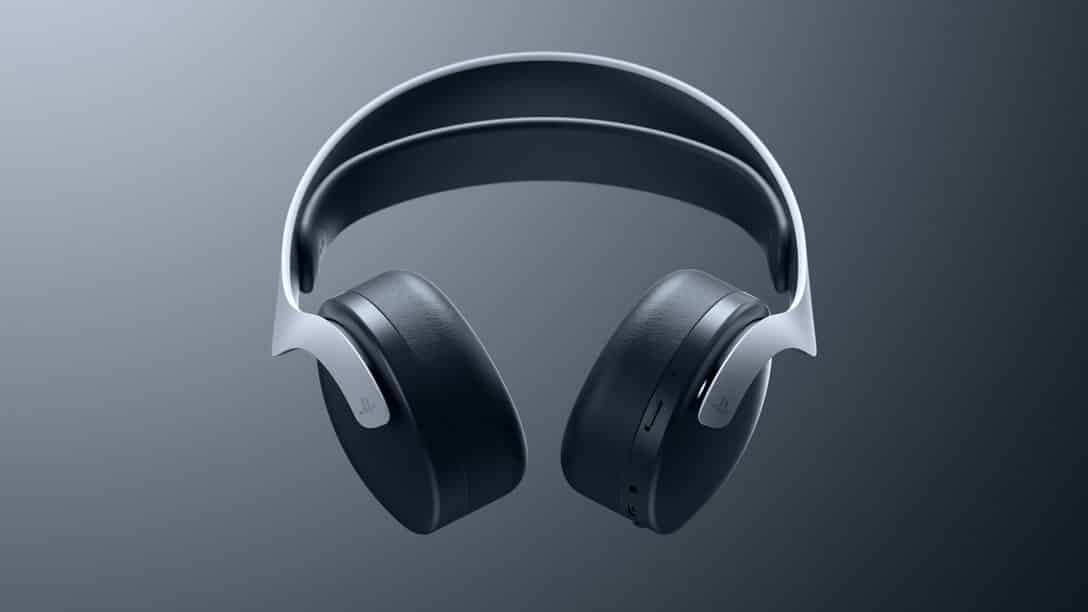The PS5 has some fancy 3D audio technology packed into it called the “Tempest AudioTech”. This chip which is built into the console will change the way we listen to our games. If you don’t know about it, the tech simulates new levels of sound in a 3-dimensional axes. This means players will hear new things in new directions. This includes sound effects above and below the character too.
Sony shared an update on the feature while clearing up some unanswered questions we all had about the 3D Pulse Headset and the backwards support for existing headphones.
READ MORE
NBA 2K21 on PS5 Looks Superb in its First Gameplay Trailer
According to Sony, the PS5 will support all audio headsets through the 3.4mm jack as well as the USB port. Of course, we know the console does not come with an optical port so those of you who use a headset that requires this cable may need to upgrade. The most interesting bit of news about the PlayStation 5 3D Tempest AudioTech is its backwards support for existing hardware. Sony claims that all users can benefit from the tech using existing headphones. This is supported through USB and the 3.5mm jack. However, if you want the best experience, Sony has designed its 3D Pulse Headset specifically for the tech too.
If you don’t use a headset (I hate them they hurt my head so I understand), then don’t worry. Sony announced that they are currently working on 3D Tempest AudioTech support for built-in TV speakers and surround sound devices. This means in the near future, PS5 owners can benefit from the tech with or without wearing a headset.
The PS5 will launch in November with 3D Tempest AudioTech support for most launch games. In addition, upcoming games will support the tech too. These include Marvel’s Spider-Man: Miles Morales, Marvel’s Spider-Man Remastered, Astro’s Playroom, Gran Turismo 7, Returnal, Destruction AllStars, Demon’s Souls, Ratchet & Clank: Rift Apart, Sackboy: A Big Adventure, Horizon Forbidden West, Resident Evil Village, and many others.
We can’t wait to test this feature out and see how it changes the way we listen to video games.

